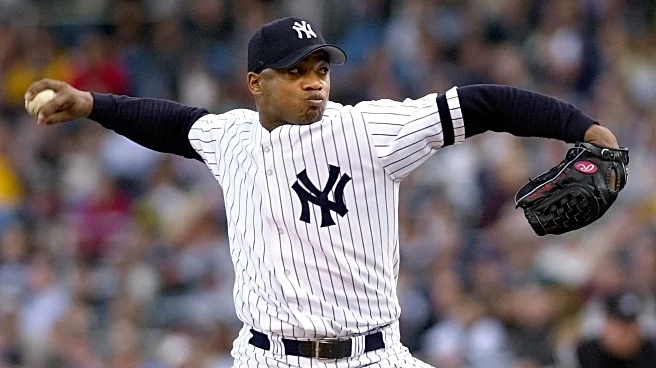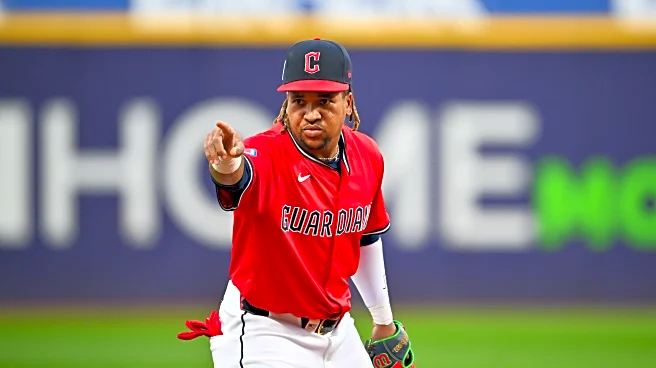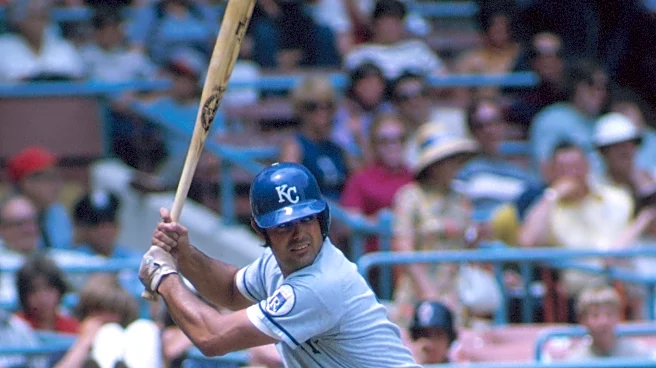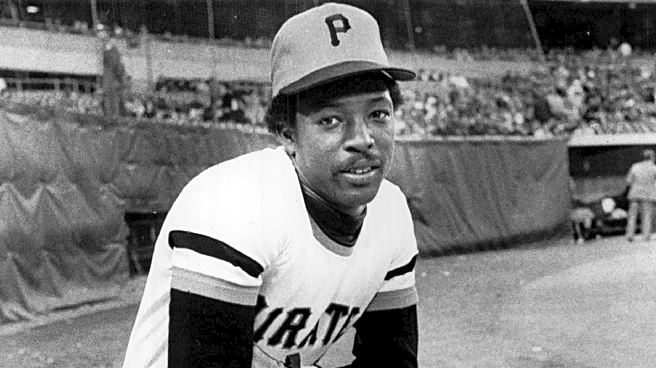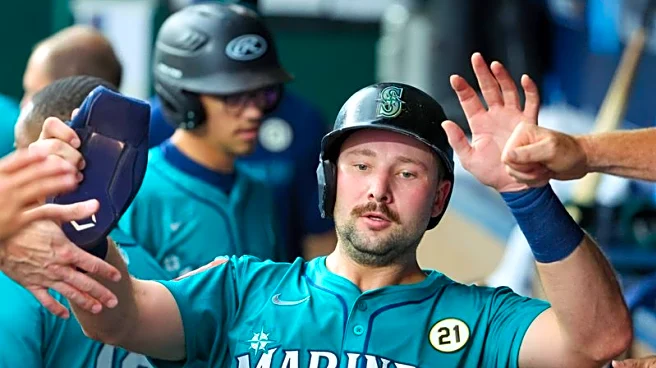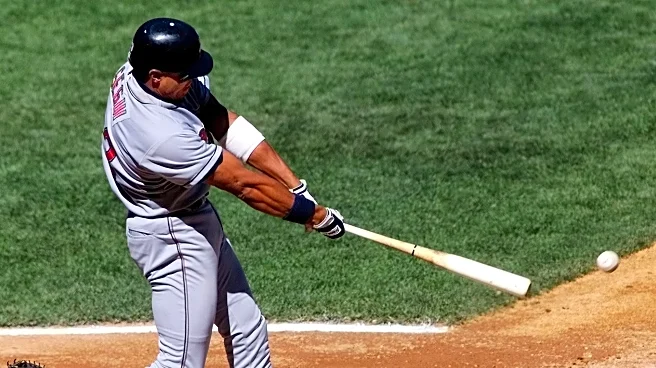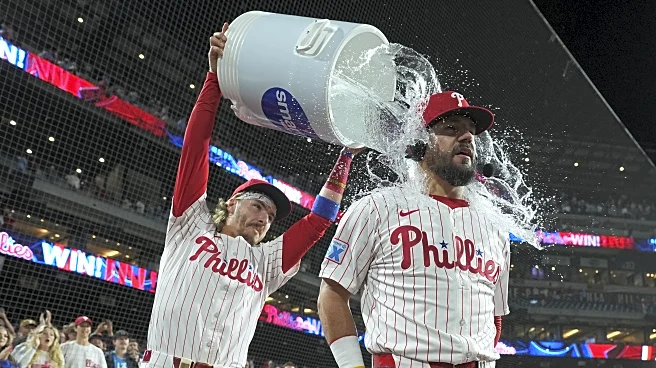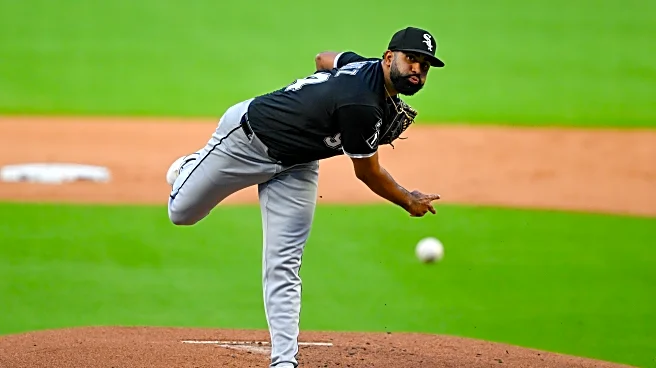Comeback victories of some sort or fashion happen pretty much every day in MLB. While most only happen for teams down a handful of runs, massive rallies are theoretically possible. The largest in MLB history is 12 runs, with one such feat accomplished just a year later by one of these very ballclubs.
However, just because they’re theoretically possible does not mean that a team can just willy-nilly rally being down double digits. For example, the Yankees went down massively on this day 25 years ago,
and just had absolutely no answer.
September 17: Yankees 4, Cleveland 15 (box score)
Record: 85-62 (7.5 GA in AL East)
Denny Neagle got the start for the Yankees in this one, and he got hit early and often. Having gotten the first two outs of the game, Neagle allowed a single to Roberto Alomar and a home run to Manny Ramirez. The following inning, he again couldn’t close the door after getting two outs, as Jolbert Cabrera hit an RBI double after Neagle was an out away.
However, the big inning was still on the way. Neagle started off the third by walking Kenny Lofton. After a bunt moved him over, Alomar picked up another single and put runners on the corners. Ramirez then struck again, hitting a double. To make matters worse, José Canseco committed an error on the play, allowing Alomar to also score on the hit. David Segui then scored Ramirez with a single, and Travis Fryman put the cherry on top of Cleveland’s inning
Joe Torre then brought an end to Neagle’s day, as he brought in Randy Keisler from the bullpen. In just 2.1 innings, Neagle allowed eight runs on eight hits and a walk. According to the Game Score statistic, Neagle’s mark of 9 on this day made for the third worst start of the Yankees’ 2000 season — something that didn’t exactly make Torre feel comfortable in terms of planning his playoff rotation.
While Keisler had managed to get out of the third inning, he came back out for the fourth, but that didn’t lead to any better efforts from Yankees’ pitching. The first six Cleveland batters of the fourth inning all reached base against Keisler, scoring another four runs in the process. Craig Dingman eventually replaced him and eventually got out of the inning, but not before giving up two more runs when Sandy Alomar doubled. It was just the fourth inning, but the Yankees managed to find themselves trailing 14-0.
From there, Yankee pitching only actually allowed one more run — an unearned one thanks to another Canseco error. That came in the fifth against a young Ted Lilly.
Obviously, it’s next to impossible for your offense to win a game where the pitching allows 15 runs, but the Yankees’ offense didn’t do the best job of fighting back. They had a chance to immediately answer back in the first inning, but left two runners on base. In total, the Yankees had a runner on in three early innings, but came up empty every time as veteran Chuck Finley spun six breezy innings of one-hit shutout ball.
It was far, far too late, but the Yankees did get on the board in the seventh inning. RBI hits from all of Clay Bellinger, Ryan Thompson, and Alfonso Soriano helped the Yankees to a five-run frame, but still way too far back to make any serious run at a comeback. Also as you may be able to guess by a couple of those names, the Yankees had emptied the bench by this stage, down as big as they were. In the remaining two innings, the offense went six up, six down, as Cleveland finished off their blowout victory.
This game hardly marked the longest losing streak or bad run during the Yankees’ infamous September 2000 struggles, but going down 15-0 in the fifth inning isn’t too far away.
Read the full 2000 Yankees Diary series here.

